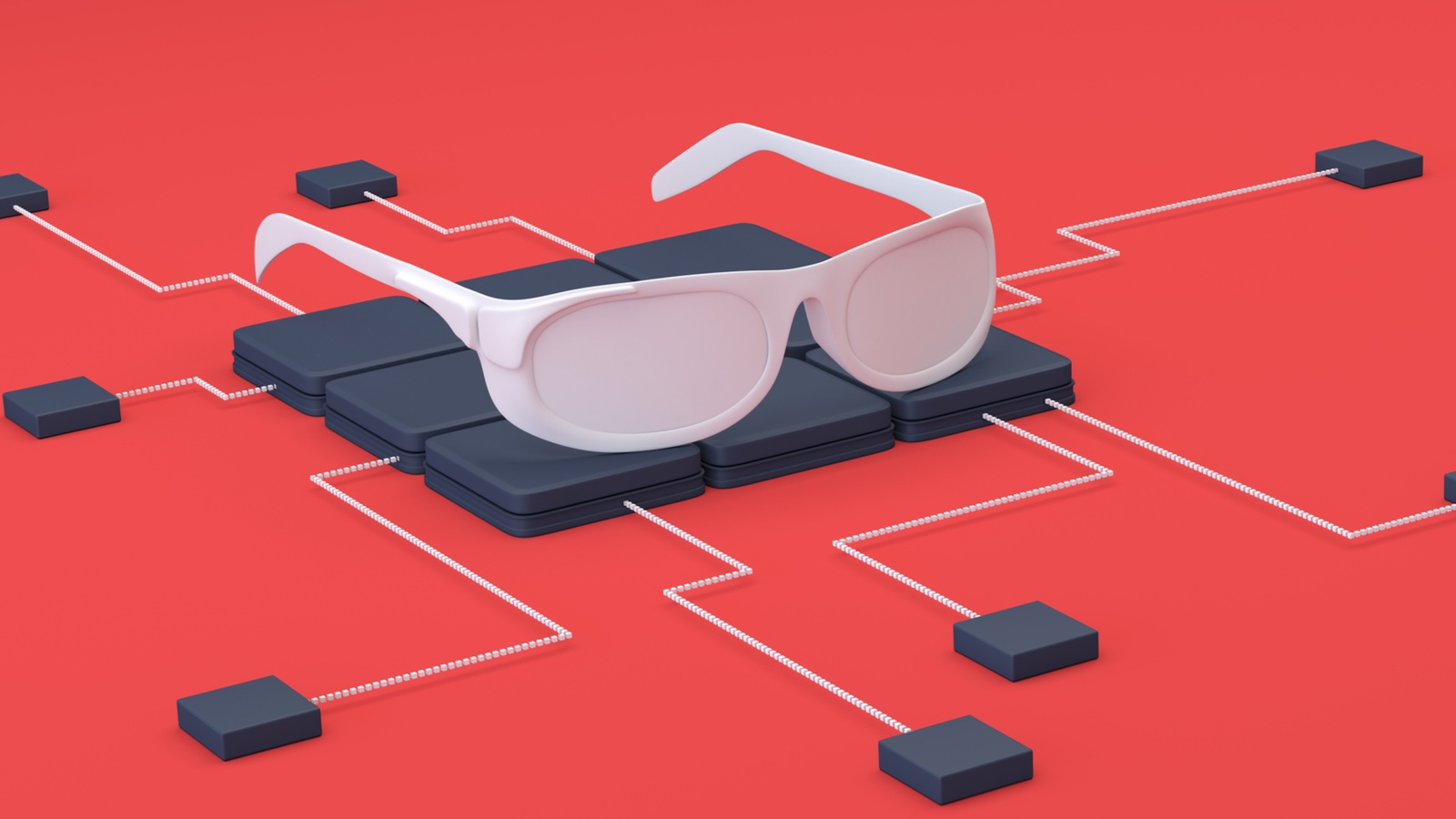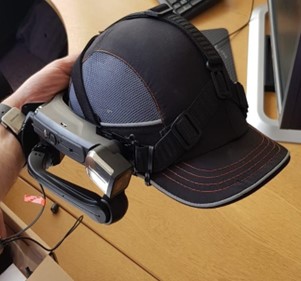How Smart Glasses Helped a Manufacturer Through the Pandemic

How does an expert in one facility guide an engineer halfway across the country through implementing a new technology? Food and beverage packaging manufacturer Crown Holdings found an innovative answer during the pandemic, when its employees couldn’t travel freely: it equipped them with smart glasses.
This pilot program, the subject of a new case study by the Innovation Research Interchange (the NAM’s innovation division), has shown a great deal of promise. Here’s some of what the company has learned so far.
How it worked: The glasses make it possible for experts to connect with on-site workers in real time, thanks to their built-in cameras, microphones, speakers and high-resolution display. The glasses can even be integrated with Microsoft Teams.
- “When the pandemic started, we were trying to coordinate commissioning activities through email and WhatsApp messaging,” said Crown Holdings Project Industrial Engineer Leon Azzi. “Tasks that normally took two to three days were taking weeks.”
- But with the glasses, “[The workers] could share with each other the PLC (programmable logic controllers) electrical diagrams and pictures using the glasses viewer, and the remote experts could point them to areas to focus on in real time,” said Crown Holdings Digital Optimization Team Head Alberto Rodriguez.
Working out the kinks: The company is still perfecting its use of the glasses, which do need some optimization for a manufacturing environment.
- One issue is with the Wi-Fi, since the glasses need a consistent connection that is sometimes hard to find in a manufacturing facility.
- In addition, the integrated noise cancellation headphones that come with the glasses need some upgrades, as the workplace can be incredibly loud and impede easy communication.
- Workers also found the weight of the glasses on their heads to be uncomfortable at times, especially as they were already wearing other safety equipment.
- And last, the screen in the smart glasses is relatively small, which can make it difficult for workers to read.
 The path ahead: Crown Holdings considers the program to be a success and plans to expand its use of smart glasses in other areas, including worker training and the mapping of visual data onto equipment. It also hopes the glasses can improve worker interactions with machines via their voice recognition technology, which could allow remote workers to zoom in or capture photos from afar through voice commands.
The path ahead: Crown Holdings considers the program to be a success and plans to expand its use of smart glasses in other areas, including worker training and the mapping of visual data onto equipment. It also hopes the glasses can improve worker interactions with machines via their voice recognition technology, which could allow remote workers to zoom in or capture photos from afar through voice commands.
Learn more: Read more about Crown Holdings’ experience at the IRI Learning Center.
